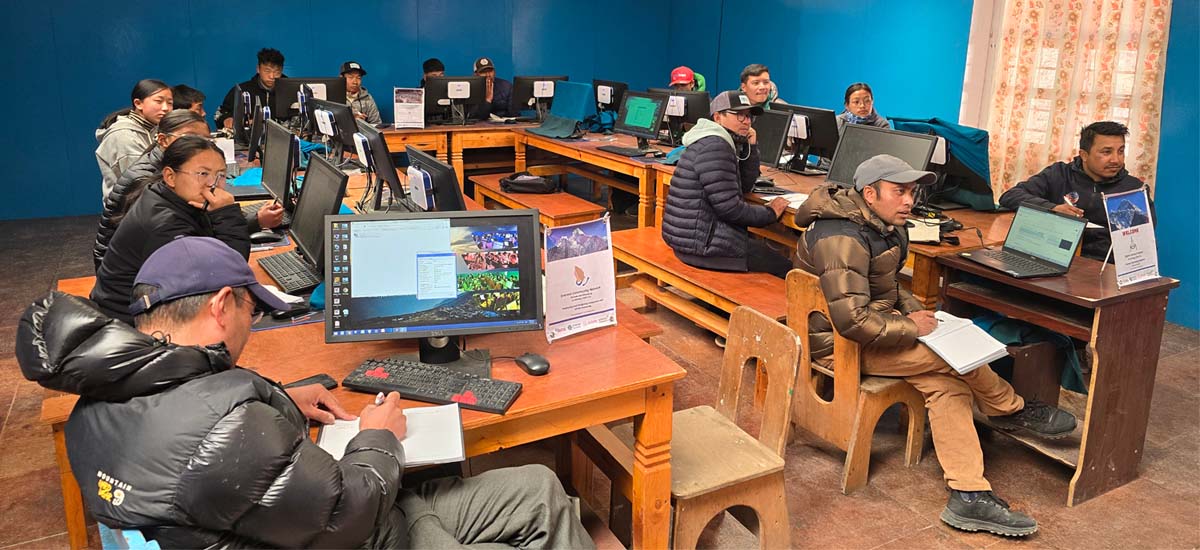In early May, I made my fourth visit in the past two years to the villages of Khunde and Khumjung in Nepal. At 3,800 meters above sea level, nestled beautifully in the Himalayas, the two villages host our Everest Community Network (the highest in the world) and are home to over 1,000 happily connected Sherpas.
The Sherpas have consistently impressed me on each trip with their eagerness, determination, and willingness to collaborate. Their active involvement in our efforts to connect them to the Internet—from bringing a 10mbps wireless link to deploying an 8.3Kms, 300mbps fiber network—has been truly inspiring. This community network now provides dedicated 6mbps Internet access to their homes and lodges for 500 Nepal Rupees per month.
But this time, it was even more special!
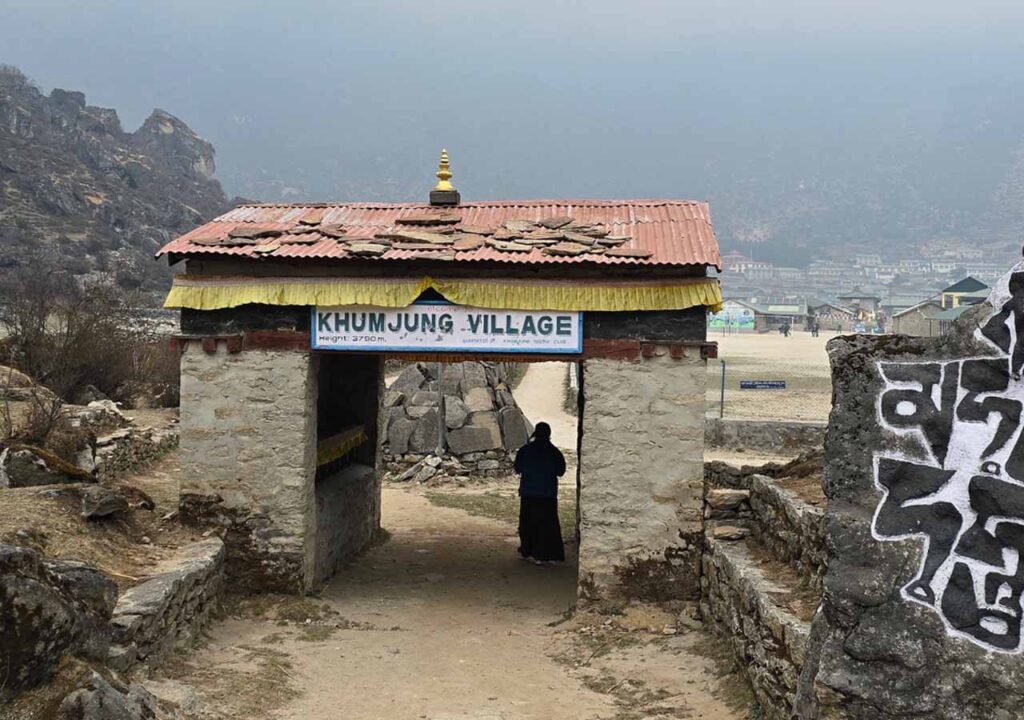
Our job was to deliver six days of technical training on computer and fiber networking to build the competence of these Sherpas so they can manage technical support and essential troubleshooting functions—which is vital for the operational sustainability of this network.
Honestly, even when we boarded a twin otter plane from Kathmandu, I was skeptical about the reaction of this class of 17 Sherpas, including local school staff, young students, and even some of the trekking guides.
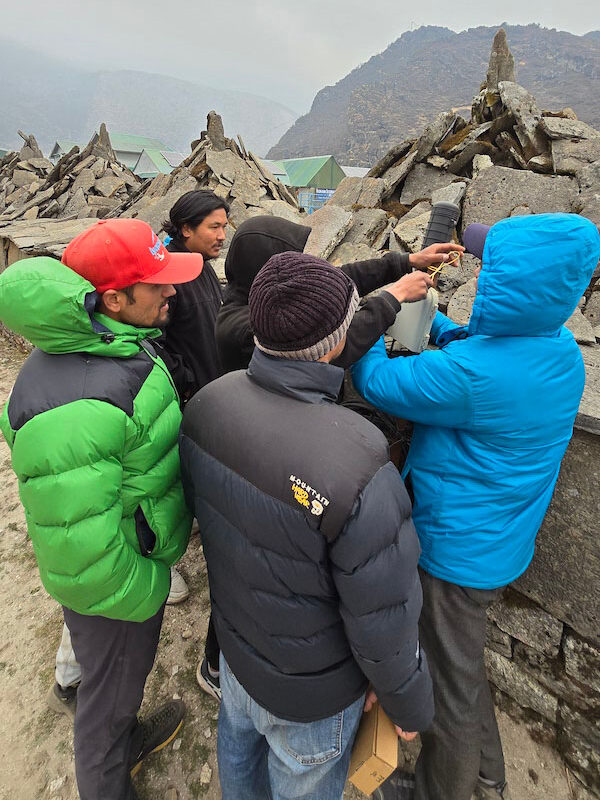
But as always, these Sherpas stunned us with their attention, keenness, and desire to learn! From the first day to the last, they demonstrated excellent brainpower in understanding the networking concepts, cabling, fiber splicing, and device configurations. There was not a single day when we didn’t extend our class timings to accommodate their demand for practice and further understanding.
We also did a one-day field visit, taking the class around all the infrastructure bits of the whole network, from the backhaul and operations center to the distribution network and network client configuration. Seeing such interest from these Sherpas, who proved my earlier skepticism wrong, was a sheer joy.
It wouldn’t be fair not to introduce some to you here:

Meet Sonam Sherpa, an electricity linesman in a rural municipality. He scored highest in theory and practical exams and stood first in the class. He is eager to learn more about Internet networks and volunteered to manage the Everest community network’s basic troubleshooting and technical support.

These three 10th-grade girls, Tashi, Yangjum, and Pasang, highlighted the class work. They stepped up as a competitor to the boys and showed them a significant challenge regarding the best trainee. Pasang (on the right in the photo) did the fastest fiber splicing and was one of the three in class who achieved an acceptable range (<0.1 dB) of splice loss. She aims to keep practicing on the splicing machine we left for the network operations and seek more excellence in fiber splicing that she can apply when needed in a real network case.
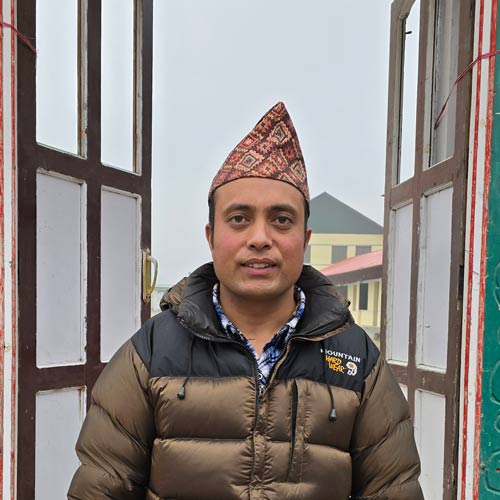
Til Bahadur, the local school computer teacher, didn’t miss a lecture and was super excited to learn about Gigabit Passive Optical Network (GPON) and other aspects of fiber networking. He vows to transfer this knowledge to the school students and was the first to email me asking if he can get further training.
This group of seventeen inspired us and proved their attentiveness to learning new skills. Some may think their future is beyond being a porter, trekking, or climbing guide, and they will be encouraged to learn more and become networking technicians or engineers.
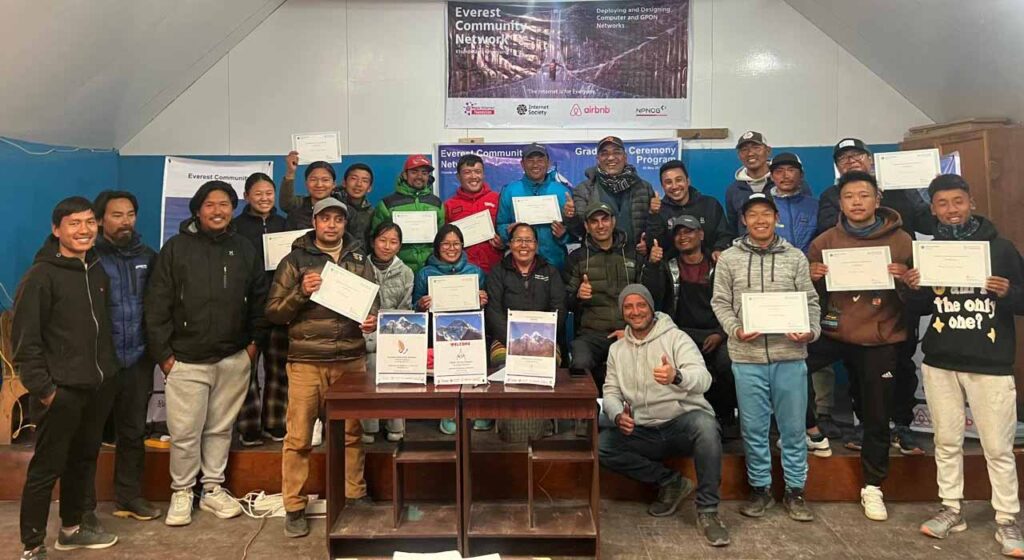
The Importance of Partners and Community Coming Together
This training wouldn’t have been possible without excellent support from partners in Nepal, including the local Sherpas steering committee members that administer this community. The Nepal network operators group provided two experts who led the training in the Nepali language, and our local partner, Nepal Internet Foundation, handled all arrangements and coordination.
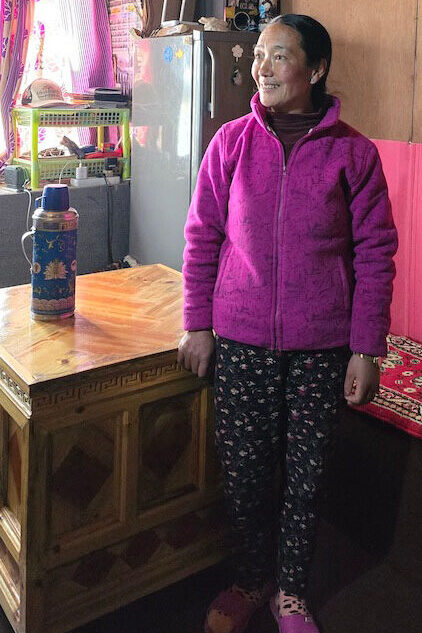
While the training ran well, we had a chance to organize some other work capturing the impact of the Internet on the people. I visited connected homes and lodges to meet local Sherpas and discuss the Internet. I wanted to see if this fiber connectivity has changed their lives over the past ten months and their overall impression of the network quality of service.
The Internet Means Opportunity
At each home and lodge, I witnessed a smile and appreciation, expressing how the Internet translates into an opportunity for these indigenous people of the Himalayan region.
I met many people who have been impacted by the Internet in different ways:
- A self-taught freelancer who now earns through the Internet and is now sharing its potential with his mother
- A mother delighted to see her two schoolchildren using the Internet for learning
- A grandmother who lives alone in Khunde and calls the Internet her friend who connects her to two daughters living abroad
- A grateful principal who admires our support in connecting his school
- And a happy female lodge owner who now offers a paid WiFi service to her guests
Each of these opportunities reflects how the users live and run the Internet, making it a force for good.
Two years ago, when we first connected the Sherpas of the Everest community network, one of the ideas shared by Chhepal Sherpa, our local champion, was to start a Sherpa homestay service that would offer tourists the experience of Sherpa culture, food, and tradition and give residents a more viable income.
The Internet Is an Enabler
On the fifth day of the training, a group of local home and lodge owners from Khunde attended a live workshop with Airbnb to learn about the platform and share their Sherpa homestay ideas.
What we initially planned as a two-hour workshop ran an hour extra with exciting deliberations and information sharing between the lodge owners and Airbnb staff.
The Internet has made what was a hope two years ago a reality and, who knows, we may soon find Sherpa homes listed on Airbnb!
On behalf of these Sherpa people, I would like to express our appreciation for Airbnb’s support of this project.
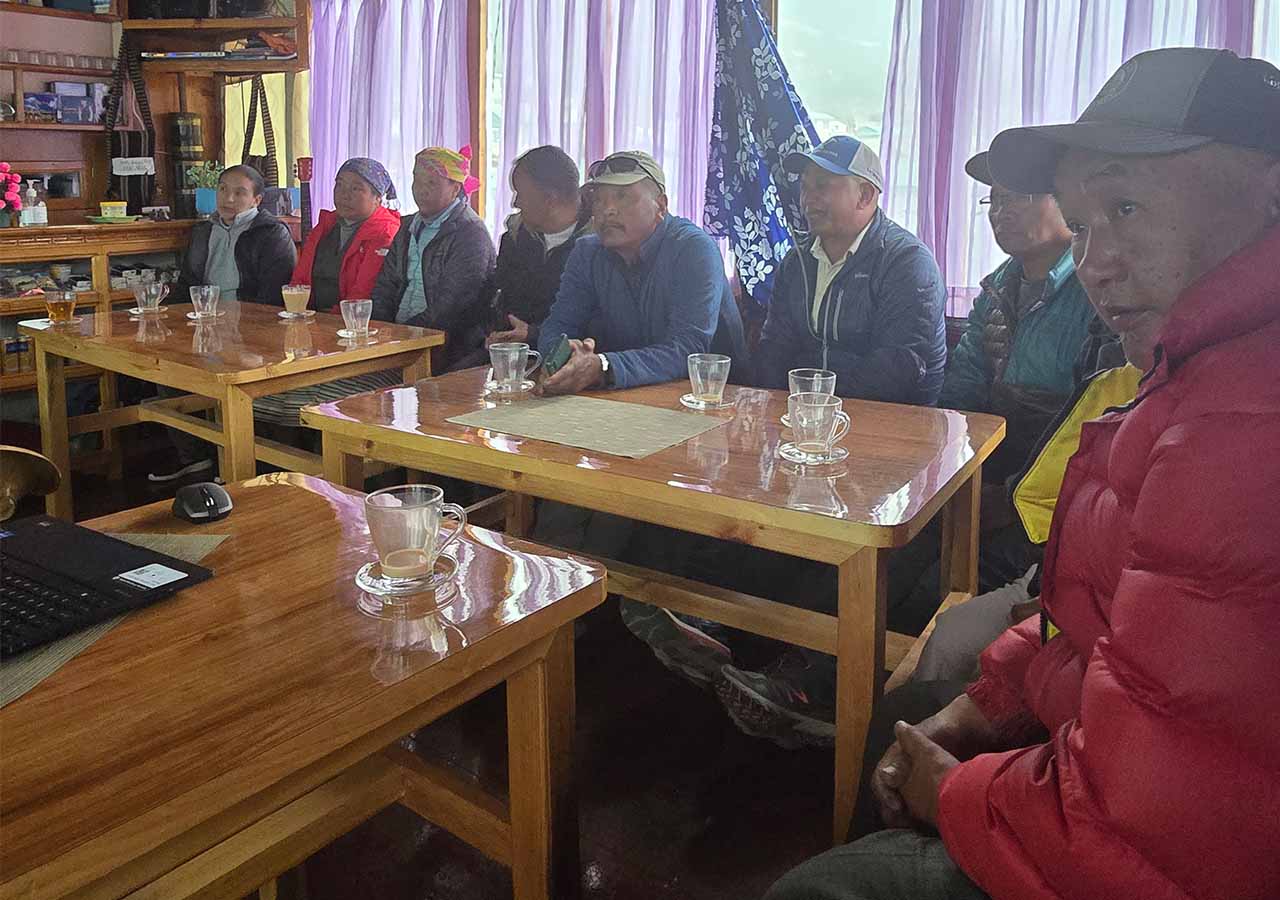
The Work to Connect the Unconnected Never Ends
I am now back home with great memories and a stronger belief that the Internet allows people and communities to thrive.
But our work doesn’t end here. For 33 percent of the world, on every continent, in rural, remote, and even urban communities, each day without Internet access is a day of lost opportunity.
There is still so much to be done to connect the unconnected and bring further smiles to this world, just like I witnessed by meeting the Happily Connected Sherpas.
You can play your part by contributing to a world where everyone can benefit from the Internet’s opportunities—donate today!
Image © Naveed Haq
